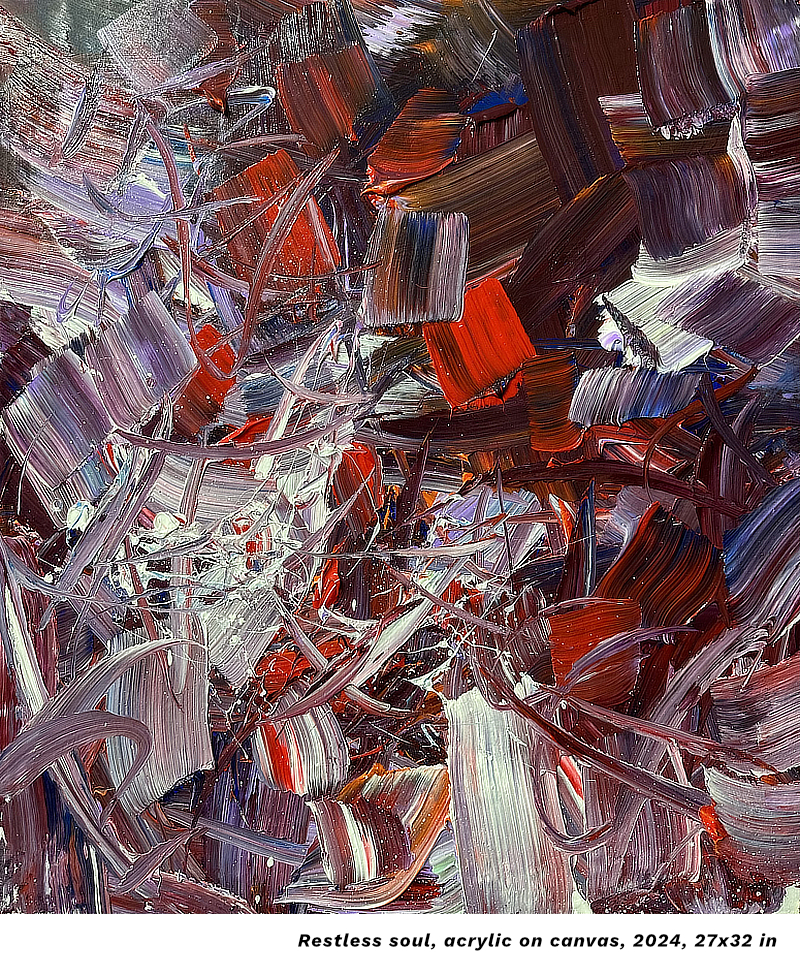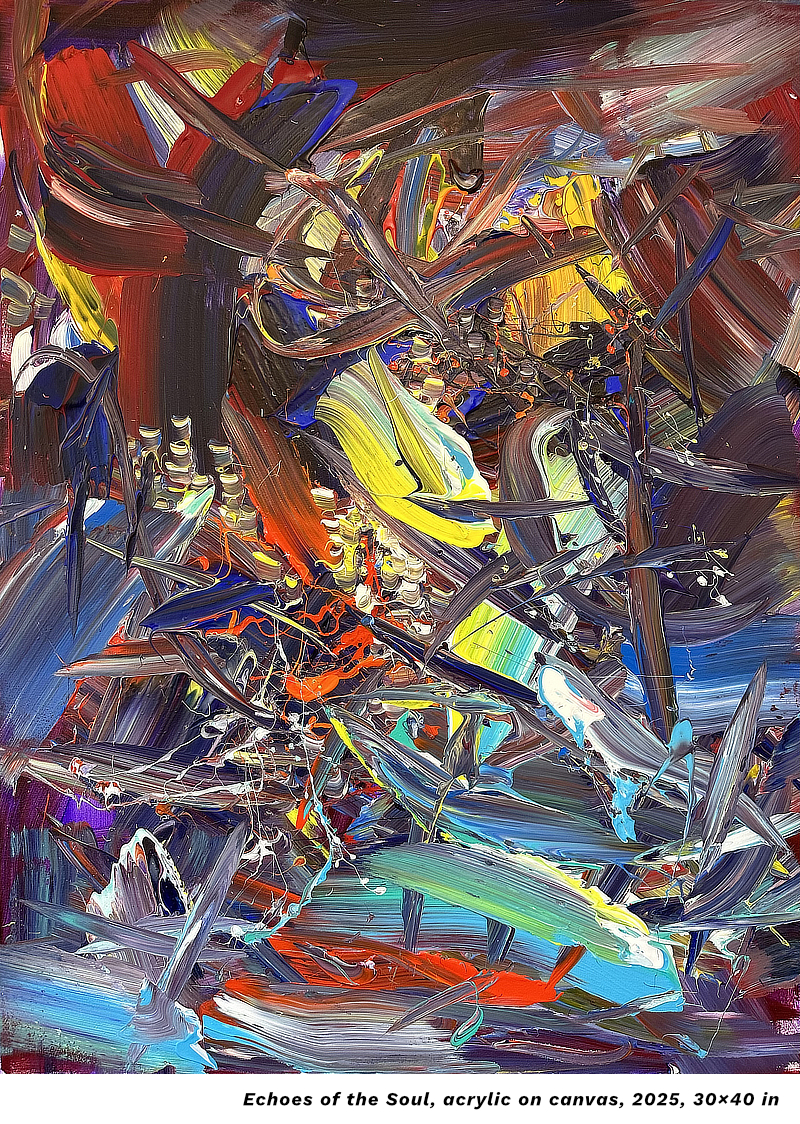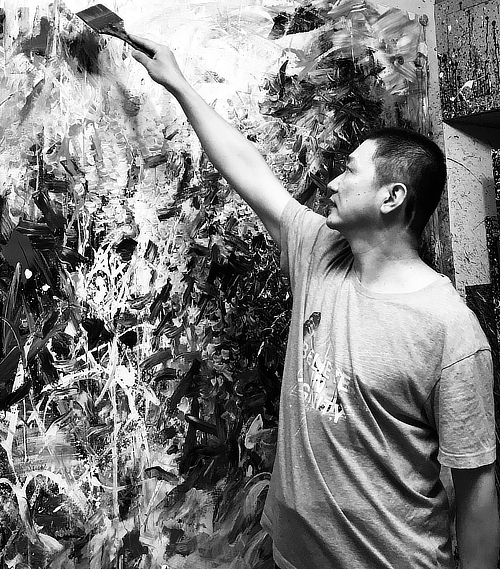
Tell us how you first became interested in creating art.
It was a very organic process. From a young age, I had an almost instinctive love for painting. My family’s deep appreciation for the arts created an environment filled with beauty and openness, where I was free to express myself and encouraged to learn from exceptional artists. The path unfolded naturally—I entered the Academy of Fine Arts and eventually earned a Master of Arts degree. Looking back, I realize that art was never merely a choice; it has always been a presence, a constant companion in my life.
Which artists or art movements have influenced you? What inspires you?
My influences are broad and layered. Starting with Impressionism, followed by Fauvism, German Expressionism, and later Abstract Expressionism in America—each movement shaped my artistic perspective in its own way.
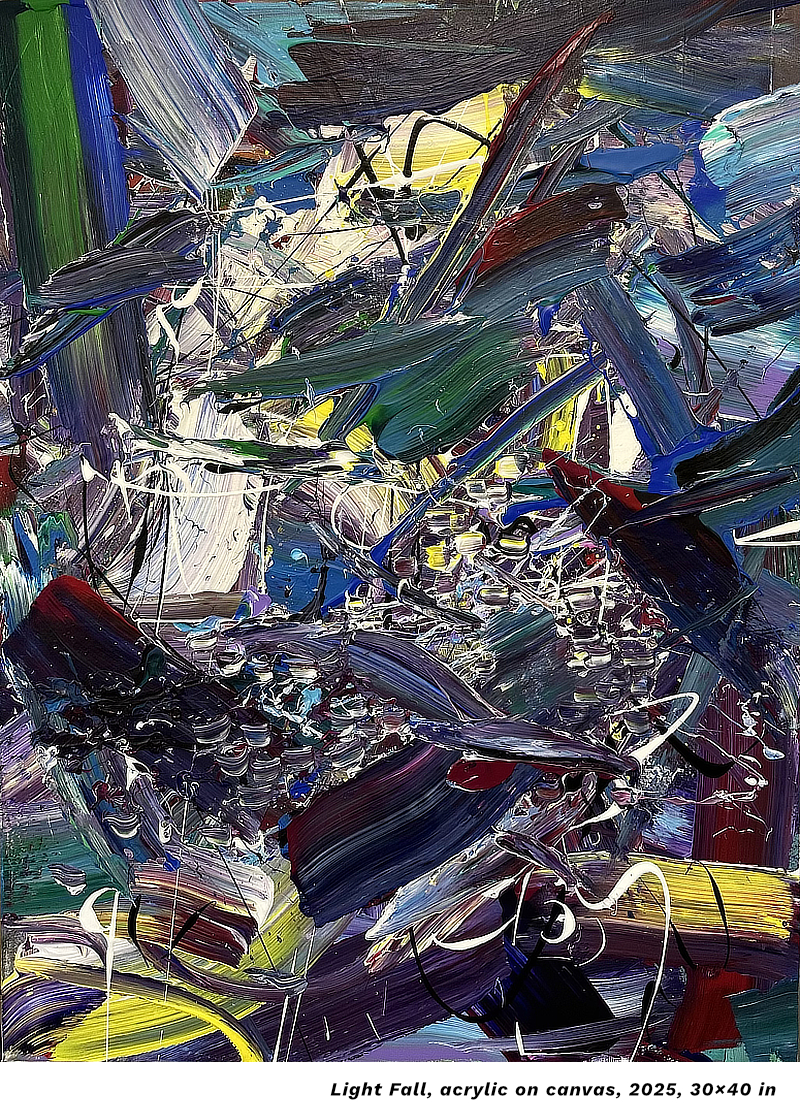
I see abstract painting as a kind of symphony of the spirit—where color is melody, brushstroke is rhythm, and composition is harmony
Matisse’s color, Richter’s intellectual range, and Mitchell’s intensity have all left a strong impression on me. I’ve always been fascinated by the essence of color itself and the intricate, often mysterious relationship between form and color. Inspiration comes from thought, from emotional buildup, from visual impulses and sometimes, from music or poetry.
You primarily work in an abstract style. What is most important to you about it? Is it freedom of self-expression, a field for experimentation, or emotional impact?
To me, abstraction is not an escape from figuration but a transcendence of it. It is a poetic visual expression of emotion and spirit.
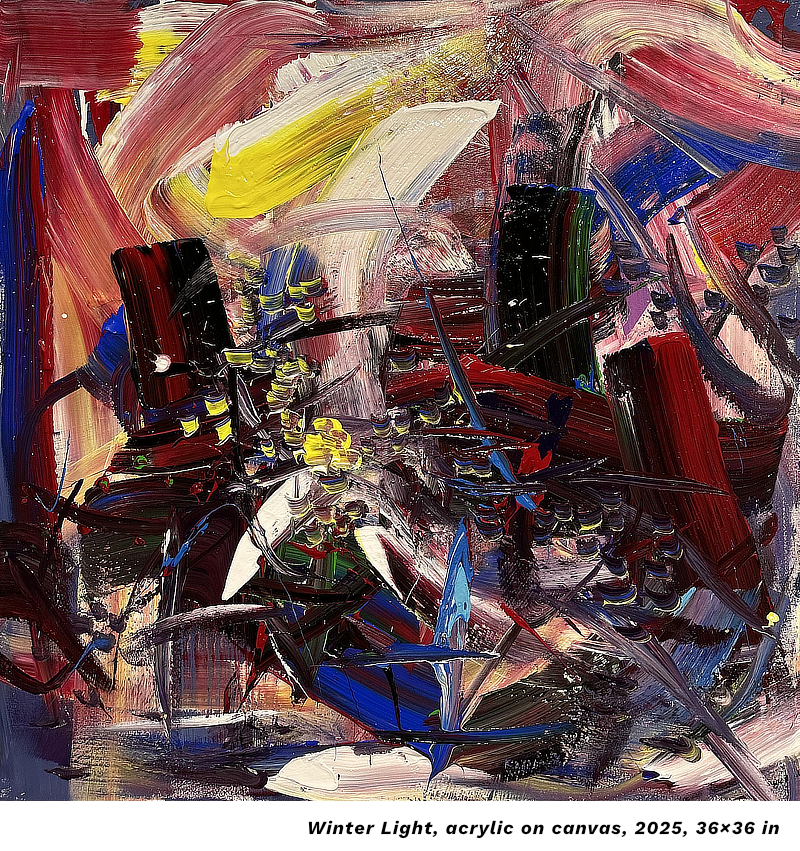
Art should be about layered content and sustainable growth, not just attention-seeking
Abstraction gives me the freedom to express the rhythms, impulses, and fragments of thought that reside in my subconscious. I see abstract painting as a kind of symphony of the spirit—where color is melody, brushstroke is rhythm, and composition is harmony. It is a channel for deep emotion and a mirror of the self. Each piece is a dialogue with my inner world, a process of questioning who I am and where I come from.
What is your favorite art accident? Did it change your perspective?
What truly shifted my perspective wasn’t a singular event, but the ongoing process of deep engagement with my work. When I started to understand why I paint—and for whom—I found my voice becoming more honest and refined. A pivotal moment came during a residency abroad: in unfamiliar surroundings, I confronted my work in silence. That solitude, that struggle, and that rediscovery taught me that art is not just about what you “create,” but what you “leave behind.” It is about presence and continuity.
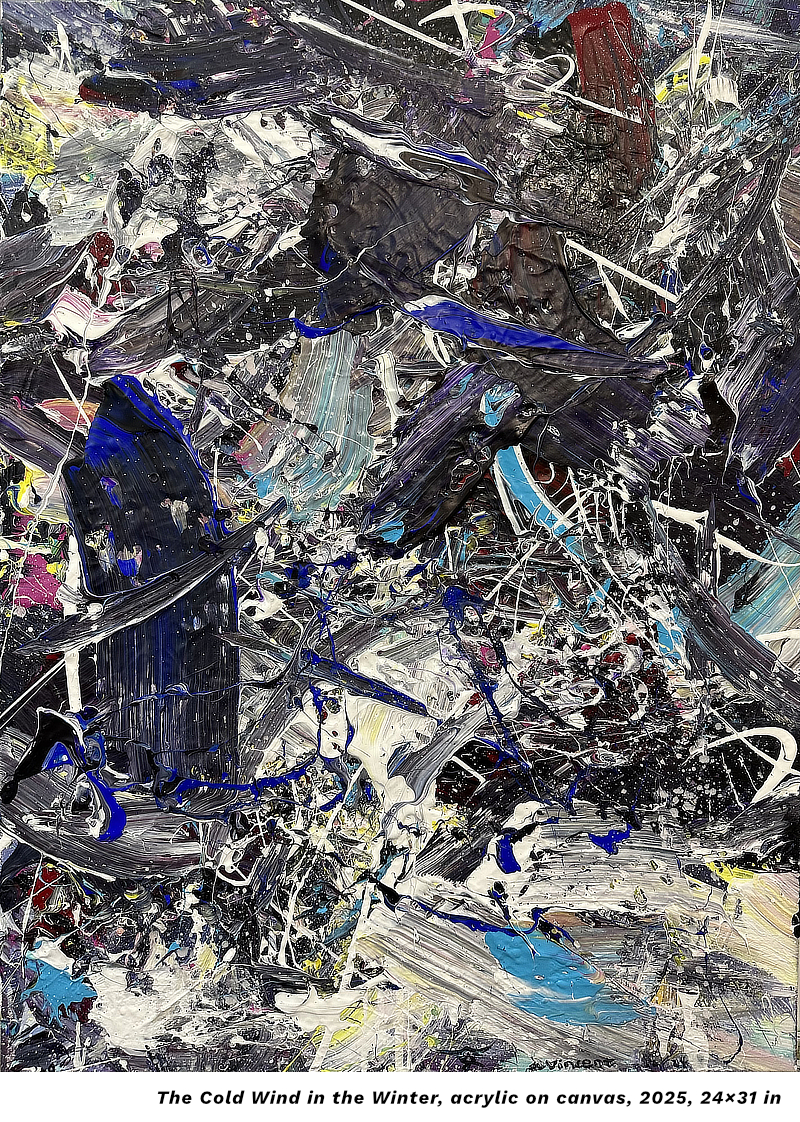
What is the most important thing about art to you?
At different stages of life, my understanding of art has evolved. As a child, it was pure love—something noble and admirable, with a focus on technique and tradition. During my academic years, art became a way to discover beauty and express personal value—a mark on my soul. Now, it is a spiritual practice—a continuous process of introspection, transcendence, and questioning the essence of existence... art is more of a spiritual vessel—my way of engaging with the world and with myself. It carries my emotions, thoughts, and uncertainties, and bears witness to my growth and struggles.
How do you promote your art?
I don’t intentionally pursue “promotion,” but I do hope my work reaches those who genuinely love art. Apart from participating in exhibitions and art fairs, I share my creative process and reflections on online platforms. I believe that meaningful communication grows organically through works that speak for themselves. I also value quiet dialogues with collectors, curators, and peers—those conversations often carry more depth than mass exposure.
What is missing from the contemporary art market? What problems do you see in contemporary art right now?
I don’t claim to understand the market well, but I observe art itself deeply. We don’t lack great works—we lack curatorial frameworks and systems that truly understand and continuously support them. Art should be about layered content and sustainable growth, not just attention-seeking. What I long to see is
a cycle of inheritance, breakthrough, reflection, and renewal. Continuity matters more than fleeting noise.
What are your plans? What are you working on now?
I am currently preparing a new series centered on “the mind and perception”, which includes experimental explorations in ink painting, as well as an expansion of abstract work in terms of material texture and spatial dimension. I am also working on plans for publication and exhibitions. Through more in-depth series creation, I hope to explore interdisciplinary collaborations with other art forms. I believe art should not be limited to a single medium—it should flow, transform, and grow, just like life itself.
